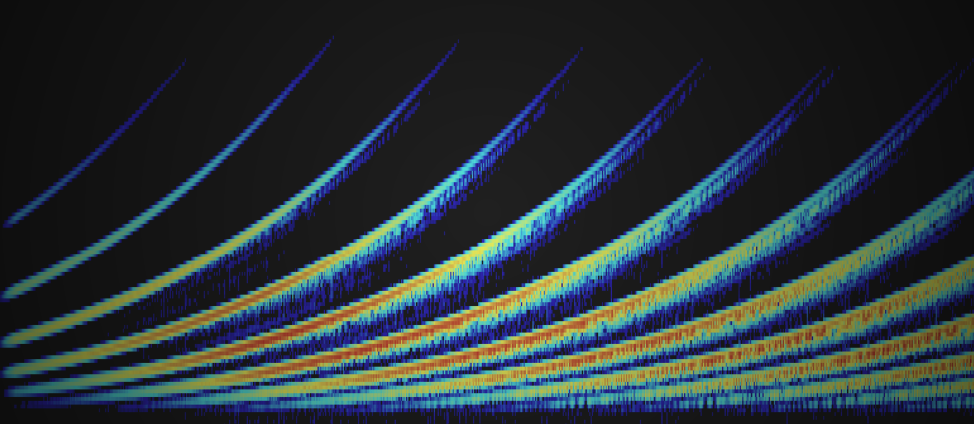Color-Coding Frequencies Will Transform Your Mix
Stop frequency saturation ruining your mixes. Color-code tracks by frequency ranges for instant clarity. Essential technique for music producers.
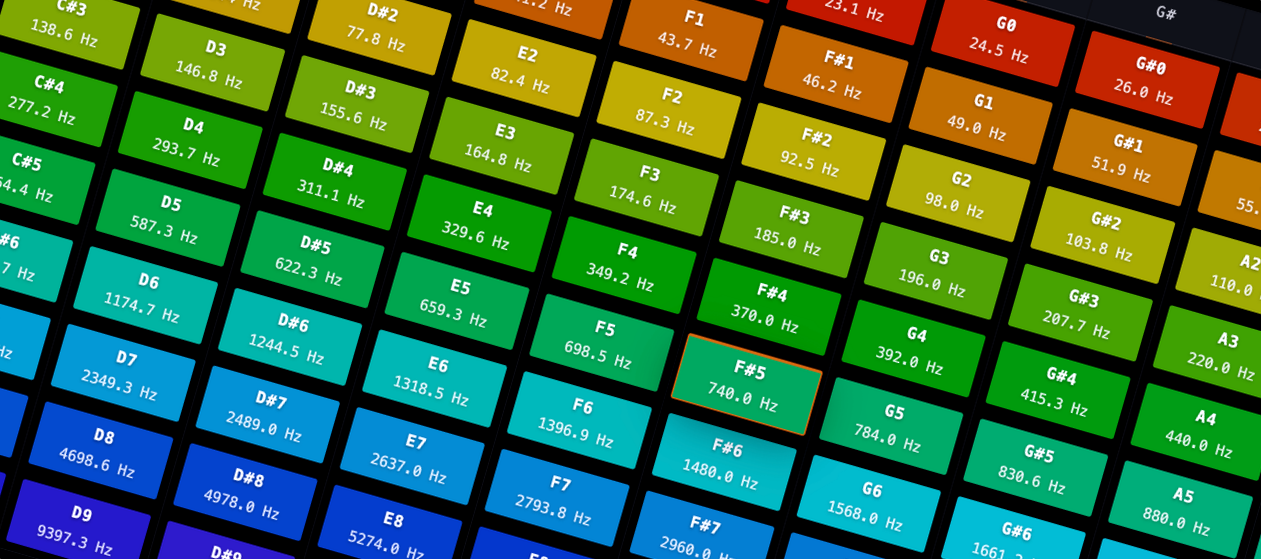
As a music producer, you've probably experienced the frustration of a muddy, cluttered mix where instruments fight for space. One of the biggest culprits? Frequency saturation – when multiple tracks occupy the same frequency ranges, creating a sonic traffic jam. You might have three synths all living in the 200-500Hz range, or vocals and lead guitars competing in the crucial 1-3kHz space. This overlap kills clarity and makes your mix sound amateur.
Sure, you can (and you should) add frequency analyzer in your DAW to manage overlapping frequencies. However, sometimes tinkering with this process too much may absorb your time, making it frustrating as you don't progress on your track.
Here's a quick hack, frequency color-coding – a visual approach that transforms how you think about your mix. By assigning colors to different frequency ranges (red for sub bass, yellow for bass, green for mids, etc.), you can instantly see which tracks occupy which sonic territory.
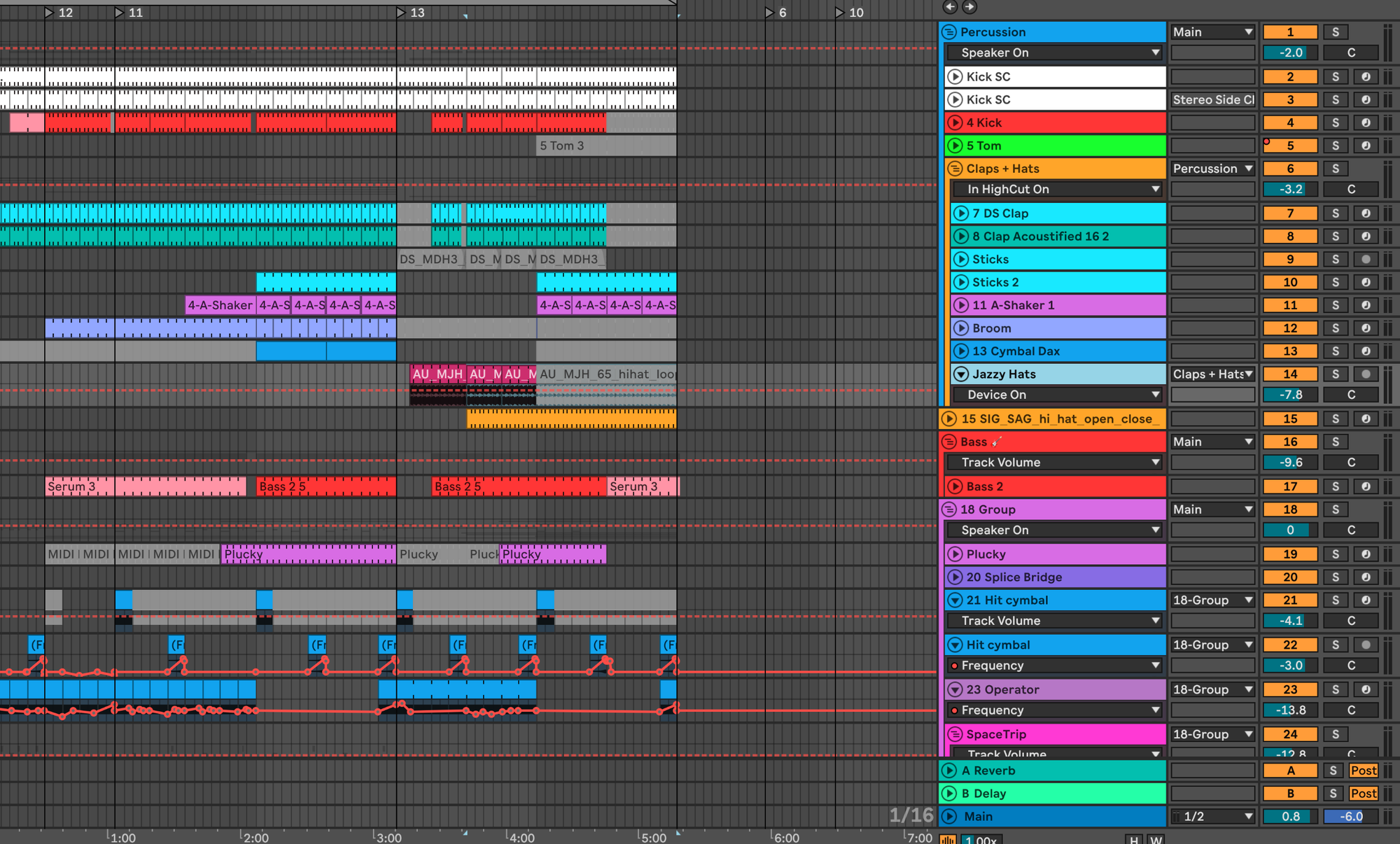
When each track in your DAW has a color that represents its dominant frequency content, mixing becomes intuitive. You'll immediately spot when you have too many "green" tracks (mids) fighting each other, or when your mix lacks "red" elements (sub bass foundation).
This visual system trains your ears while speeding up your workflow. Instead of soloing tracks and guessing where frequency conflicts occur, you'll see gaps and overlaps at a glance – making it crystal clear where you need to add frequencies for a fuller, more professional sound.
To make this approach even easier, I've created an interactive Frequency Color Reference Tool that maps every musical note to its corresponding frequency and color code.
This tool is perfect forwhenever you're working on a mix and need a quick reference for which frequencies correspond to which colors.
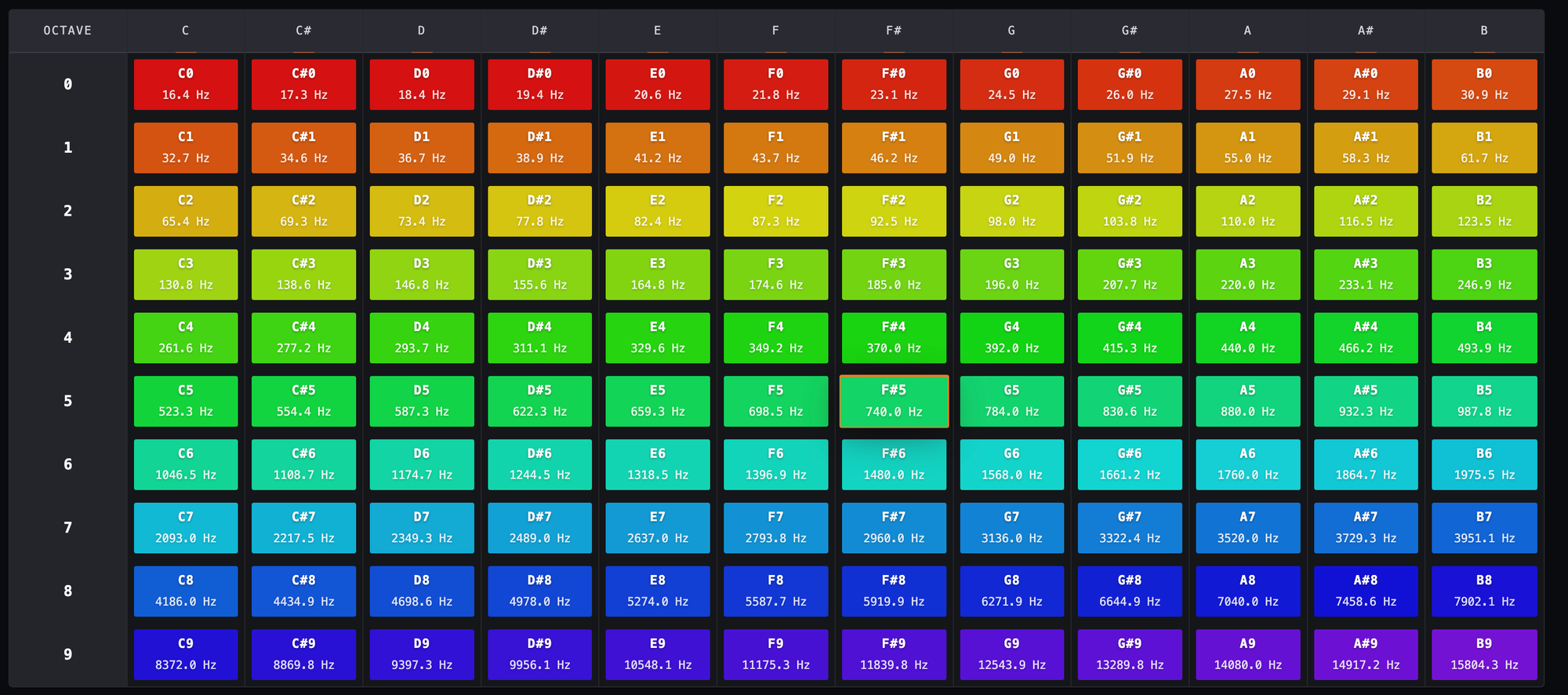

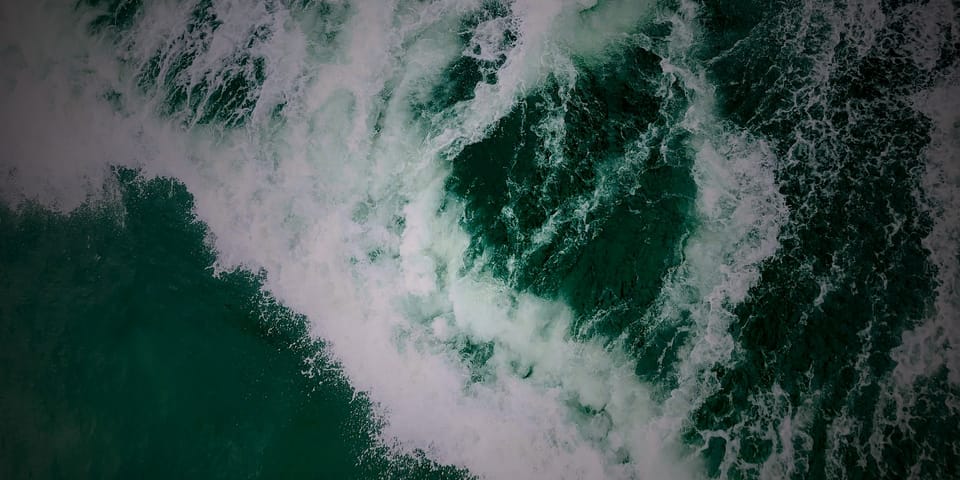
![How to Make Drums Or Bass Thicker and Full With Parallel Compression [Video]](/content/images/size/w960/2024/10/Ableton-Live-Spectrum-Analyzer-Cheat-Sheet-1-1.jpg)
